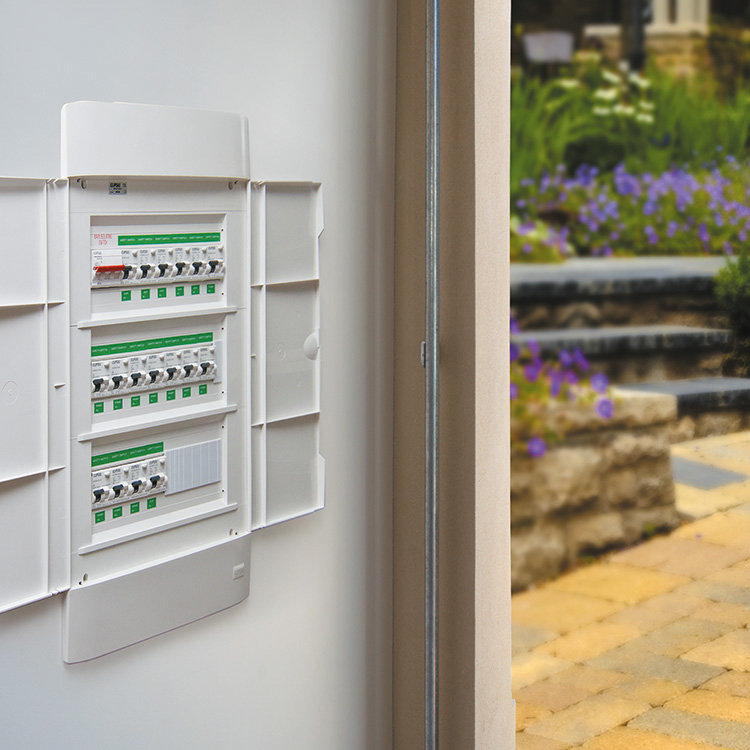Safety Switches Explained

Whether it is an industrial setting, commercial building, or normal dwelling, safety switches are essential for protecting properties from the risks of electrical hazards. Everything from human life to assets depends on the protection a safety switch provides in the case of an electrical malfunction.
Within a property’s normal power circuit, the current flowing through any appliance is returned through the neutral wire. If the circuit is compromised, the power supply may leak to the earth through anyone in contact with the live appliance, thereby causing serious injury or even death.
Safety switches work by monitoring the electrical flow through the circuit. If there are any irregularities in the flow of the current, the switch automatically trips and stops the power supply to the device. In the event of a power shortage, nearly every safety switch is designed to immediately cut down the power. Some switches are capable of cutting down the power in as little as 30 milliseconds.
Since installing safety switches at every property has become mandatory under law, here are some details that you should be aware of before choosing the right type of safety switch.
Amps – 30, 60, 100, 200, 400, 600 and 800
While installing safety switches, one must be aware of the required amperage rating (denoted by an A) in order to make the right choice. Safety switches come in different amperage rating, including 30A, 60A, 100A, 200A, 400A, 600A, and 800A. This rating largely depends on the amount of power needed to run every electronic device, appliance, or equipment on the property. Generally, the points that draw more electricity need safety switches with a higher amperage rating. On the other hand, circuits requiring less electricity will only require a low-amperage safety switch.
Volts – 250v or 600v
A voltage rating defines the maximum amount of voltage a safety switch can be exposed to. Depending upon the circuit, the voltage requirement may differ when it comes to purchasing the right safety switch. A circuit that supplies more voltage and powers high electricity-consuming equipment would require a high voltage safety switch, such as the 600v. For the circuits supplying power to normal electricity-consuming devices, the 250v safety switch would suffice.
NEMA Rating – 1, 3R, 4/4X, 12
NEMA 1 inclusions are ideal for being used indoors to provide people protection from any contact with the live equipment.
NEMA 3R switches are generally suitable for outdoor usage and provide a higher degree of protection against electrical faults due to external elements of rain, sleet, or ice formation.
NEMA 4/4X are intended for both outdoor and indoor use. These enclosures protect the circuits from damage risks due to rain, hose water, splashing, or ice formation. The only difference between the “4X” and “4” enclosures is that the “4X” provides corrosion protection.
NEMA 5/12 enclosures are designed for protecting inhabitants against any settling, airborne, or circulating dirt. It also protects against any falling, dripping, and non-corrosive liquids.
Fused or Non-Fused
Safety switches can be combined with fuses on a circuit, inside a single enclosure. This is often referred to as a fused or fusible safety switch. This kind of switch makes it much more convenient to open and close an electrical circuit and the fuse provides protection against the overcurrent. Switches without any associated fuses are known as non-fusible or non-fused safety switches. These are not capable of providing any circuit protection and are only convenient for opening and closing the circuit. It is better to use fused safety switches because external protection from overcurrent devices is essential.
Single or Three-Phase
Single-phase safety switches are perfect for the electrical connections (230 to 250 volts) commonly used in houses. The three-phase safety switch is an ideal match for the powerful electrical connections (450 volts and above) used at commercial establishments. After reading the specifications of these different safety switches, finding an ideal safety switch to match your specific needs and requirements shouldn’t be a tough job!